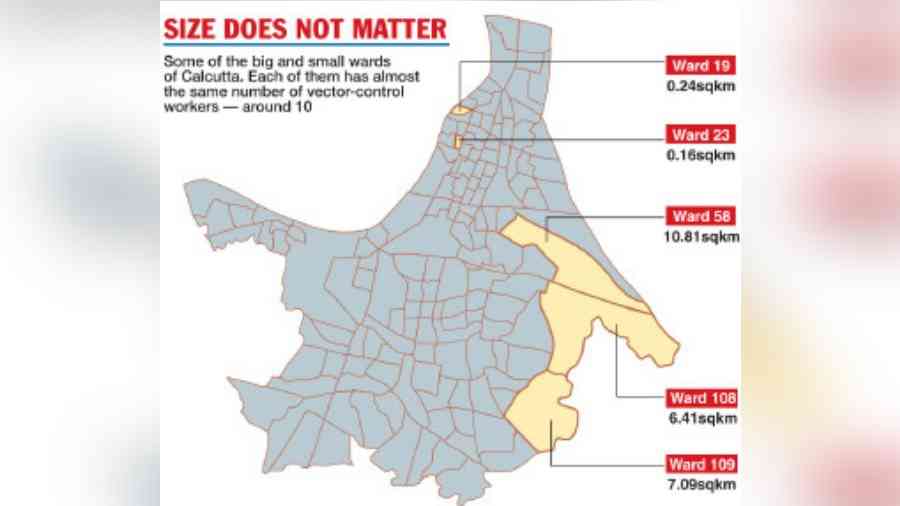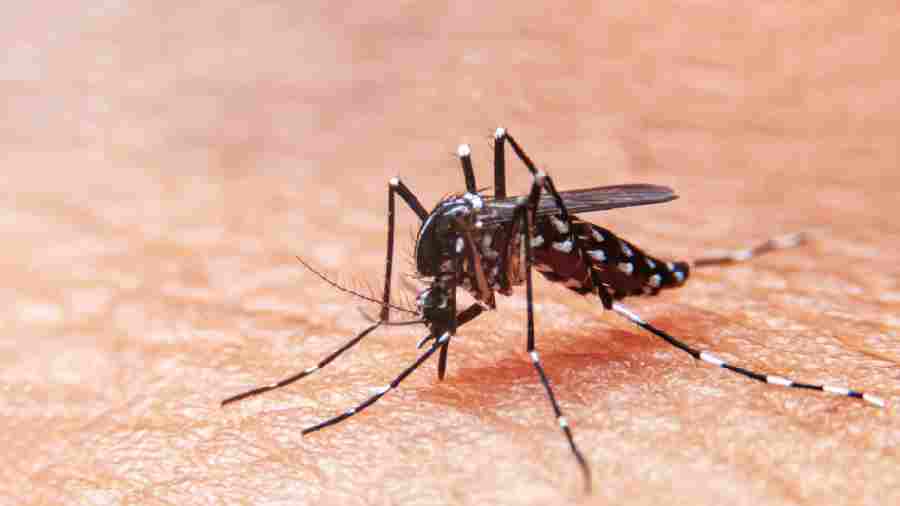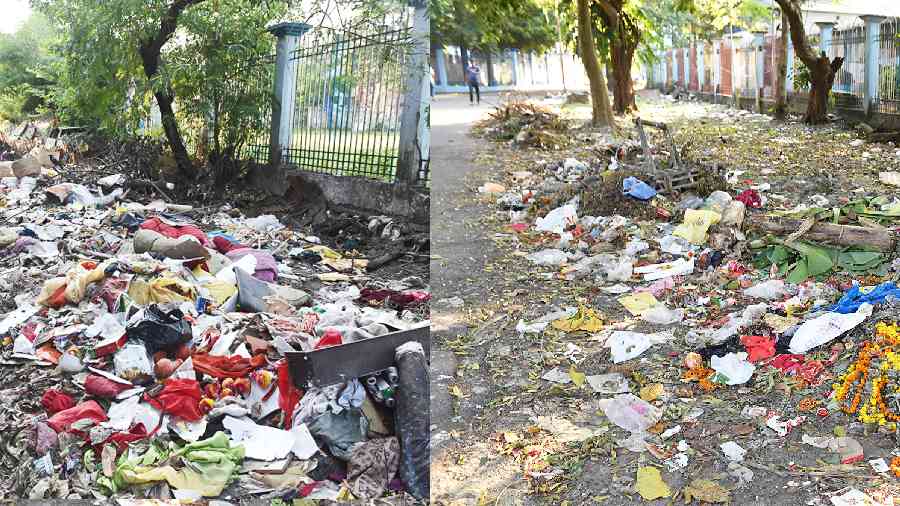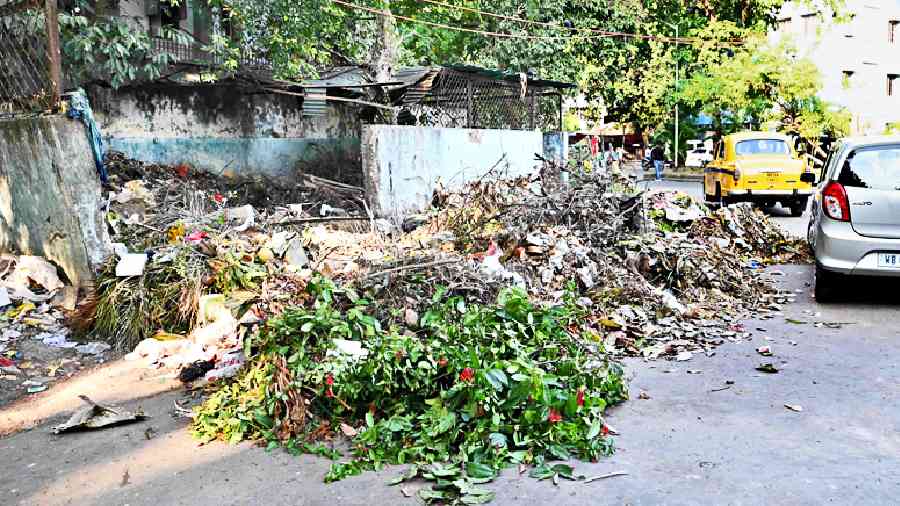Kolkata Municipal Corporation (KMC) has almost the same number of vector-control workers for all wards irrespective of their size and population, a strategy that public health specialists say is taking the sting out of the fight against dengue.
Ward 109 (Mukundapur-Nayabad), one of the worst affected by dengue, is spread across 7.09sq km. Its population is 64,567, according to the 2011 Census. In contrast, Ward 23 (Posta-Jorasanko) is spread across 0.16sq km. Its population, according to the 2011 Census, is 18,256. It is not among the wards that are reporting too many dengue cases.
The area and population of one ward differs significantly from the other, but the KMC deploys eight to 10 vector-control workers in both.
The population of Ward 109 is more than thrice that of Ward 23.
There are more examples.
Ward 108 (Ruby-Anandapur-Madurdaha) is spread across 6.41sq km. Ward 58 (Tangra Road South, Science City, places to the north of the Park Circus connector) is spread across 10.81sq km. Ward 58 is larger than some boroughs (each borough is made up of several wards). The two wards are among those that are neither at the top nor at the bottom of the list of dengue infections.
In contrast, Ward 19 (Sovabazar-BK Pal AvenueAhiritola) is spread across 0.24sq km.
“There is no parity in the size of these wards, yet all have almost the same number of vector-control workers. In case of large wards, it is not possible for the handful of vector-control workers to cover all neighbourhoods,” said a senior KMC official.

Vector-control workers are trained in locating and destroying mosquito-breeding sites. They spray larvicide where necessary to kill mosquito larvae. Dengue is caused by a virus that is spread by Aedes aegypti mosquitoes, which can breed even in a spoonful of water.
There are casual workers who distribute leaflets, conduct awareness campaigns and accompany vector-control workers to the sites.
Each vector-control team is set a target of the number of streets and houses they have to cover in a day.
A state government official said Kolkata's vector control programme should be reviewed and drastic changes introduced to reduce the number of dengue cases.
Mayor Firhad Hakim told The Telegraph on Tuesday: “The bigger wards will be split into smaller ones during the delimitation of constituencies.”
But that is not going to happen anytime soon. “I will ask the health department (of the KMC) to deploy more health workers in bigger wards,” he said.
Deputy mayor Atin Ghosh, who heads the civic health department, said the KMC has two rapid action teams that are sent to bigger wards to make up for the shortfall in vector-control personnel. But the rate of dengue infections shows the strategy is not working well. Wards 108 and 109 are in Borough XII, the worst-affected borough from where around 1,000 dengue cases have been reported so far this year.
Around 4,700 cases have been reported from the Kolkata municipal area so far this year.
Many residents of these wards told this newspaper over the past few days that they had not yet seen any vector-control team in their localities this season. Some said such teams visited their neighbourhoods only once.
Ideally, a team should visit a locality at least once a week to locate and destroy mosquito-breeding sites. It takes a week since eggs are laid for adult mosquitoes to emerge. Public health specialist K. Srinath Reddy said deployment of health workers has to be based on the size and population density of an area. “There cannot be a onesize-fits-all approach.
In order to have efficient vector-control work, the health worker distribution needs to be fair. Bigger wards and those with more population density will require more personnel,” said Reddy, a former president of the Public Health Foundation of India.
Another public health specialist said if the KMC knows the wards from where more cases are being reported, it should have directed its vector-control work to those areas.




